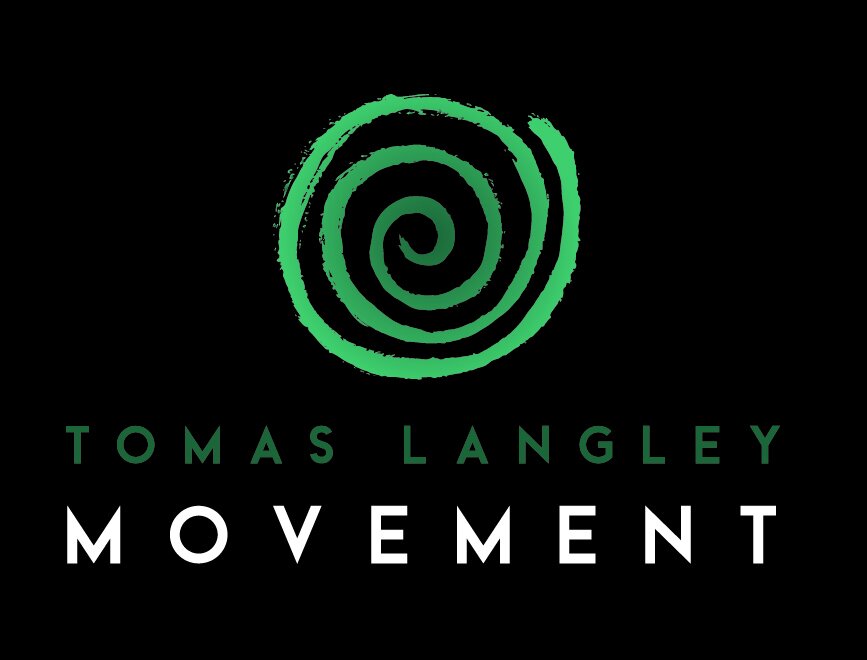Motivation isn't the source of action.
Motivation comes after you acted. Once you've started it compels you to keep going. It's a multiplier of action.
So don't wait around to feel motivated before you act.
It starts with doing.
Yes I know this is easy to say.
You might be asking: "how can I ‘do’ if I don't feel motivated?"
Make it easy.
If you’re not feeling motivated, don’t try to do something hard. Do something small and easy.
Practice disconnecting action from motivation.
Connect action with other things.
Like commitment to do what you say you'll do.
Break the process of taking action into tiny steps.
Don't feel motivated to floss your teeth? Just floss one tooth. My guess is that all of a sudden you'll feel motivated to do the whole lot.
Motivation is the result, not the source of action.
Figure out a way to act in some small way and the motivation will come.



